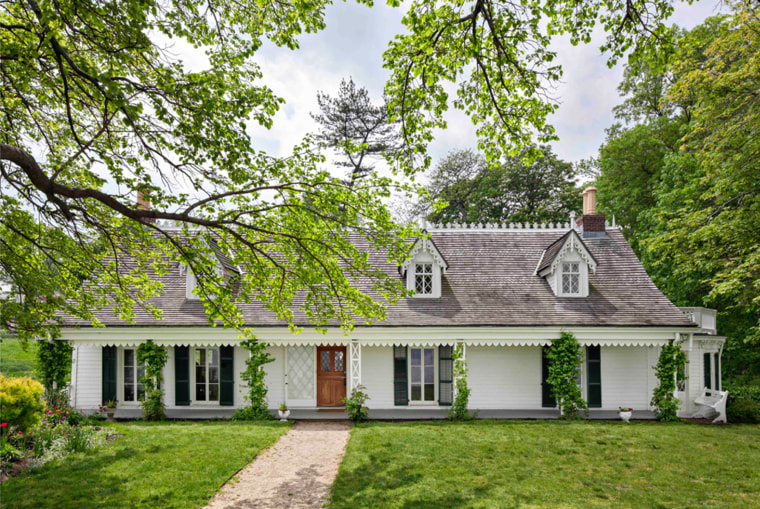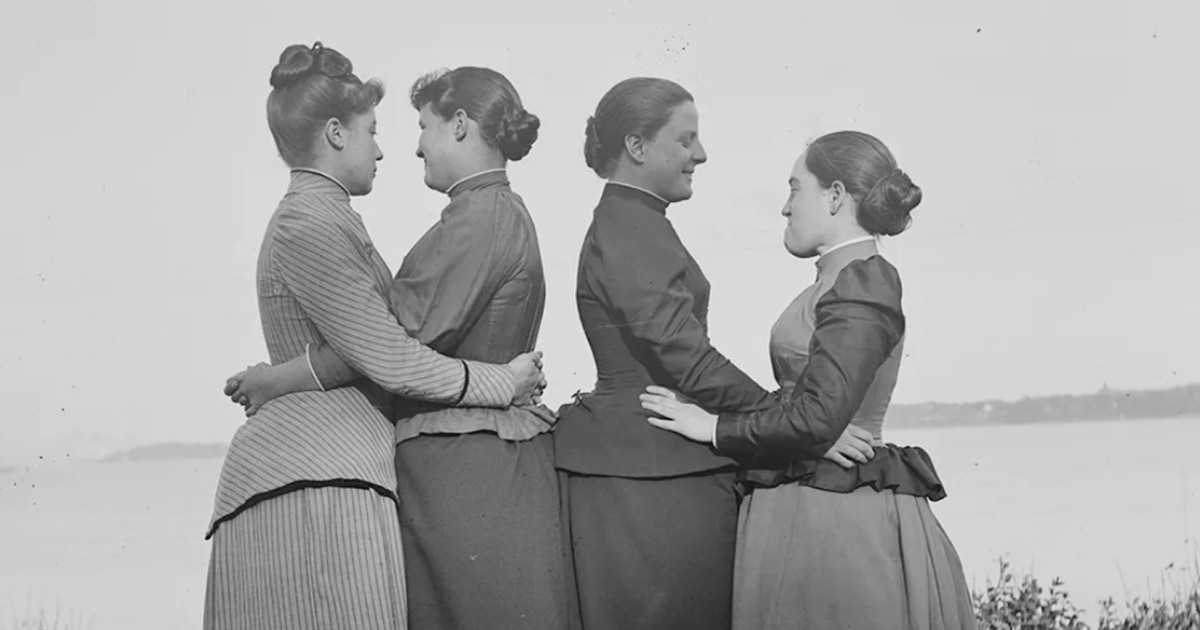Austen sold her last remaining possessions to a junk dealer for $600. A preservationist at heart, she gave thousands of plates, negatives and personal treasures to an acquaintance, Loring McMillen, director of the Staten Island Historical Society (now Historic Richmond Town), who declared the women “not broken in spirit but broken in health and finance.”
Austen and Tate lived together in a small apartment until Austen’s arthritis proved too debilitating. When they were forced to separate, Tate moved to her sister’s home in Queens, New York, and Austen to a home for the aged — and eventually, at age 84, a literal poor farm. Ever devoted, Tate visited Austen regularly at the Staten Island Farm Colony.
But the 7,500 photos and negatives Austen entrusted to the Historical Society would prove a saving grace, and they would ensure her place as an eminent documentarian of a changing landscape in the immigration era.
In 1950, a Life magazine editor came upon Austen’s photos of 19th century American life — and learned she was alive. Life ran a story the following year, and Austen got a fee that allowed her to take up residence with a private caregiver.
Weeks after publication, the Staten Island Historical Society hosted “Alice Austen Day.” Overwhelmed and delighted to see the first public showing of her work at age 85, Austen attended with Tate and 300 guests. “I’d be taking these pictures myself if I were 100 years younger,” Austen quipped.
In June, because of Austen’s worsening condition and a bureaucratic glitch, plans were being set in motion to move her to Welfare Island, then a location of public institutions for the aged and infirm. She would not make the journey. On June 9, 1952, Tate was preparing to make the trip from Queens to visit when the phone rang: Austen had been wheeled to the nursing home porch and simply passed away, quietly bathed in morning sunlight.
Austen was buried at Staten Island’s Moravian Cemetery. Tate died 10 years later, at 91. Her family denied her wish to be buried with Austen.

The couple could not have foreseen that across the decades and into a new millennium, future strangers would be moved to advocate for recognition of their devotion: from a 1994 Lesbian Avengers protest against institutional resistance to naming the pair as more than “friends” to Munro’s mission to ensure Tate’s name is discoverable in archival metadata, given a name beyond “unknown woman.”
Their story is housed within the clapboard and stone of their historic residence, now the Alice Austen House and a nationally designated site of LGBTQ history. Today, a visitor enters to find Tate’s portrait in her rightful place in family tree documentation on the wall.
“It is imperative that we center her queerness and her identity and that we celebrate this beautiful, beautiful love story,” Munro said. “People have now come back and visited the Alice Austen House and wept because they’re so happy to see this visibility.”
First Appeared on
Source link












